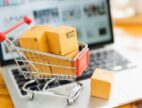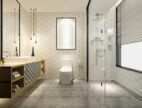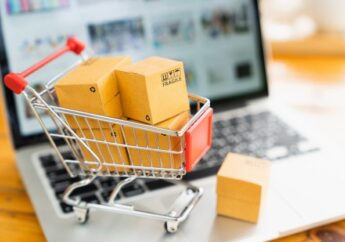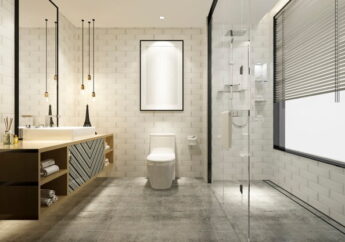Technology for A Retail Business
by Ankita Tripathy Retail Published on: 25 April 2019 Last Updated on: 17 May 2025

There are a variety of technology choices that support the retail industry. However, how do you know what’s best for your business?
It can be a daunting task to figure out what your business should have, not to mention how you go about acquiring it. Subsequently, installing and setting things up can leave you further frustrated!
This is why some of the top retailers in the industry use software tools and technologies like Retalon to help with price management and optimization. Moreover, using tech tools can help improve automation and create a perfect lifecycle for the product.
We have broken down and unpacked a few recommended technologies that a retail business should have. As a result, these platforms will help your business to run much more efficiently. The goal of technology integration in a retail business is to make tasks easier while removing the potential for human error.
According to Royal Cyber, a leading IT firm helping businesses, digital transitions and the use of technology can help power a successful growth story. Therefore, whether it is creating your first business website and app or starting ecommerce, technological integrations can go a long way in boosting productivity, increasing sales, and creating more efficiency within the organization.
How can Technology Help my Retail Business?
Retailers integrate software and hardware that increases productivity while streamlining the overall business operation. We live in a digital age where consumers have placed demands on the retail industry. Hence, it’s all about instant gratification, and because of that, retailers are faced with building a system within their business that enhances the customer experience.
Along with catering to the consumer, retailers use technology to track inventory, handle payments, and support their e-commerce channels. Read more about this technology on this resource.
Ways Technology Benefits A Retailer:
There are several ways to benefit from retail technology if you are a retailer yourself. Here are some of them:
- Productivity (employees and overall operations) increases
- Revenue Increases
- As consumer demand increases, the retail business can adapt
- Brings in more customers
- Helps to make marketing much easier
Trends In Retail Technology:
The best and most important way to use technology to your advantage is by staying in the loop. Here are some of the most prominent trends of retail technology that you need to understand.
- Integration of registers that no longer require a cashier
- Artificial intelligence (robots) staff floors and deliver products to the customer
- Funneling becomes automated and streamlined
- Inventory is done in real-time
- Consumers view products through virtual augmentation
The Most Widely Used Forms of Retail Technology:
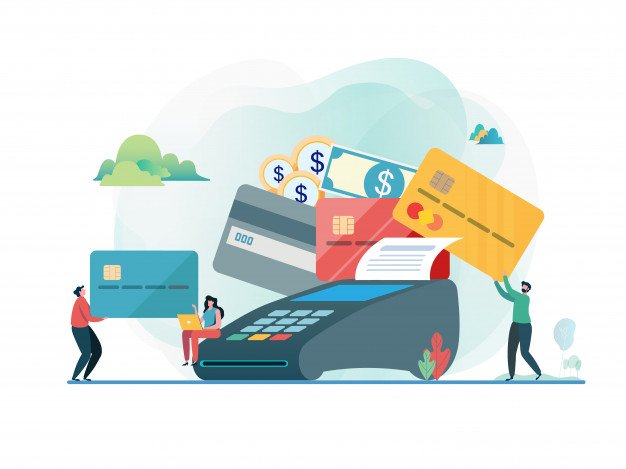
There are a lot of options available to retailers with various technological integrations. Therefore, if you are unsure where to start, we have listed a few that should be implemented as basic necessities for your retail business to grow and adapt.
Enhancing and Improving Customer Experience:
Customers demand products to be delivered quickly and efficiently. Moreover, they rely on effortless ways to pay for something such as self-service checkouts or curbside service. Along with this, most people want to have the option to shop and pay through apps or online.
Purchase Online, Pick Up:
Target developed their exclusive program called ‘Drive-Up’, where customers can shop, pay, and pick up their purchases through one app. As a result, this technology allows the retailer to excel in customer experience! The customer can shop on their phone and have the order delivered right to their car in front of the store.
Other brick-and-mortar retailers are beginning to offer similar services to their customers. Walmart allows consumers to shop online or through an app and pick up their orders inside the store.
Subsequently, Starbucks coffee can now be ordered through a mobile app, and the customer no longer must wait in line to pay. As a result, they can simply pick up their coffee at the end of the counter where it’s waiting.
Augmented Reality:
Have you ever wanted to try something before buying it? Augmented reality now gives customers that option through integrated technology!
Virtual fitting rooms allow you to see how your favorite dress may look on you. Therefore, trying on a new hair color is as easy as selecting a color and uploading an image of your face. If you want to see what a certain shade of paint would look like in your living room, there is an app for that.
This technology optimizes customer experience, increases revenue, and reduces the number of returns.
Ways Augmented Reality Is Used In Retail:
- Gap uses virtual fitting rooms so customers can try different things to understand how they will fit and look.
- Ikea has an app that allows customers to virtually place furniture in areas of their home to see how a piece of furniture will look.
- Sephora’s app gives customers options to try different shades of beauty products to see how they blend with a customer’s face tones, etc.
Mobile Commerce:
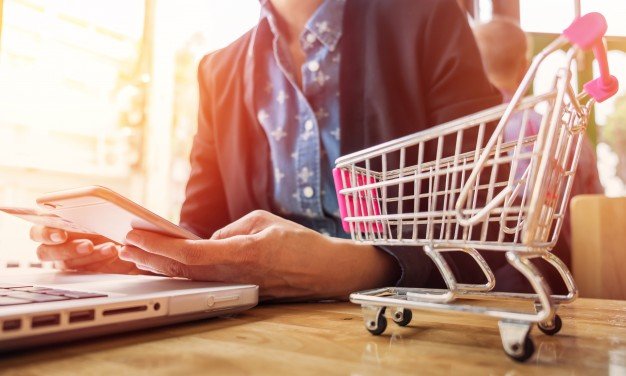
Mobile shopping (m-commerce) is how consumers in the digital age shop. The majority of Americans prefer to use apps to shop or order things. Over one billion people shop through mobile apps in any given day!
Retailers are integrating mobile apps to keep up with the demands of mobile shoppers. As a result, m-commerce is now at the forefront of how consumers shop.
Omni-Channel In Retail:
Omni-channels is a platform that retailers use to provide a means for marketing, serving the customer, and handling payments. Moreover, a customer uses an app or a website to reach out to you, the retailer. Omni-channels provide them with the path to get to your business and be able to interact.
Customer experience is optimized while each channel is designed to accomplish your objectives and goals. Retailers have omni-channels customized to fit their specific business needs. Because of this, there are no ‘template’ omni-channel integrations.
How is an omni-channel used?
A perfect example of how a business integrates omni-channels is Disney. They perfected the integration of omnichannel into their overall operation.
Moreover, the customer experience is initiated with their visit to the website, which is mobile-friendly. As a result, vivid images and an inviting impression captivate and pull visitors in to explore the site.
An app allows users to find attractions within the park. They can also find out how long of a wait there is at a particular attraction. Moreover, as visitors are taking photos, they can store those photos in the same app.
The app goes on further to function as a Disney hotel guest room key. Additionally, hotel guests can use the app to order room service.
Disney has used omni-channeling to their advantage!
Bonus: More Retail Technology Strategies to Improve UX
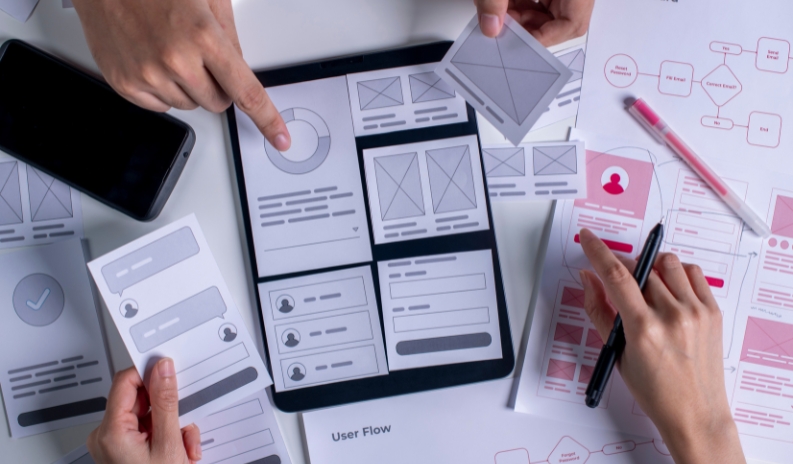
Improving UX is not a straight road to anywhere. There is no tried and tested format or retail technology that can help you gain more traction in the UX department.
Therefore, you will need all the help that you can get. In this closing section, we will be looking at some more strategies that can help you gain more users experience points.
- Keep the design language simple and effective. There is no need to saturate the UX panel or cram it with elements. This would only make the respective page feel shoddy.
- Use tools for retail price optimization to find the right price of your products and listing.
- Keep the website speed optimized. Extended periods of loading time can actually hamper the overall usability of the website.
- Enhance mobile responsiveness so that it can be used more seamlessly. This will also improve your website’s overall traffic.
- Conduct user research and look for insights that can help you understand what your customer base is looking for.
- The program navigation needs to be smooth and seamless. Design a clear structure that is dictated using logic. Use descriptive tables and arrange the content in a more hierarchical manner.
- Keep the content relevant and engaging. Do not include irrelevant content that does not fit the essence of your website.
- Try to use management software for retail to make the process management easy.
Invest Or Not To Invest?
Competitors are employing strategies of ‘who can provide the best customer experience’ through technology integrations.
There is no doubt that technology is a necessity for retailers to survive and thrive.
Read Also:


























































































